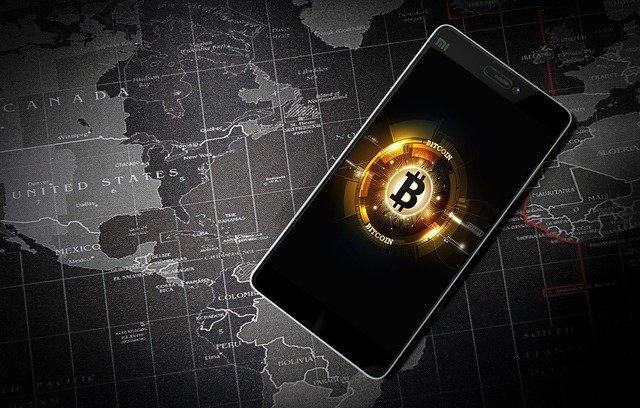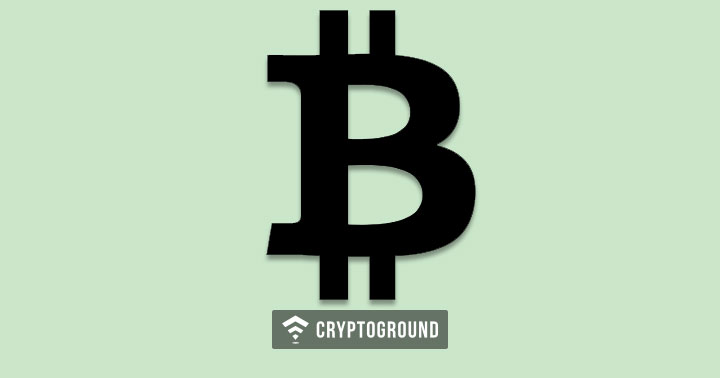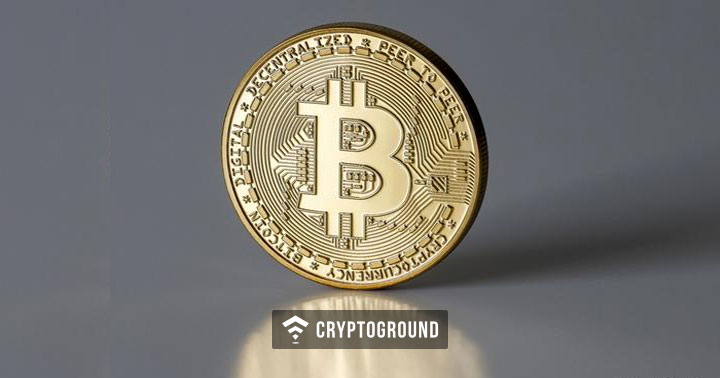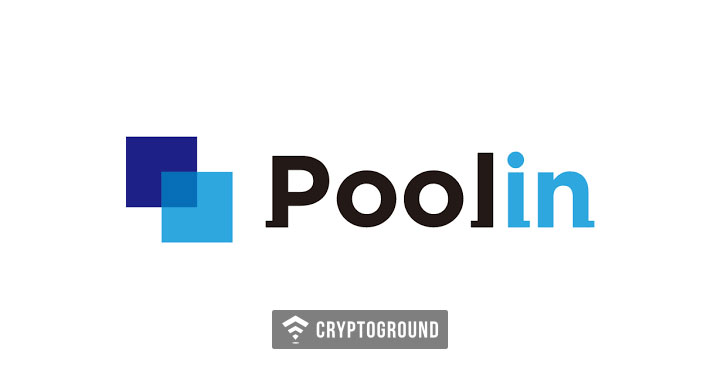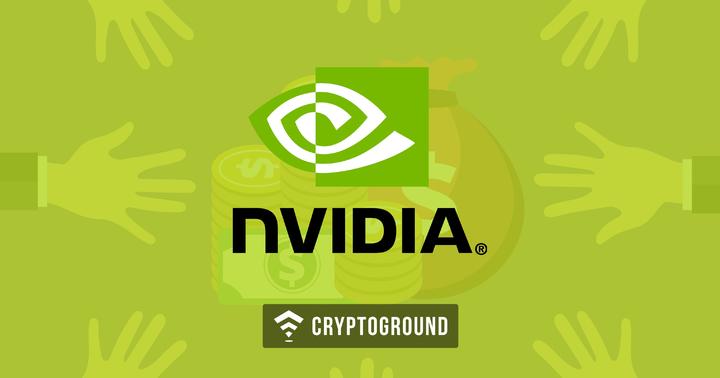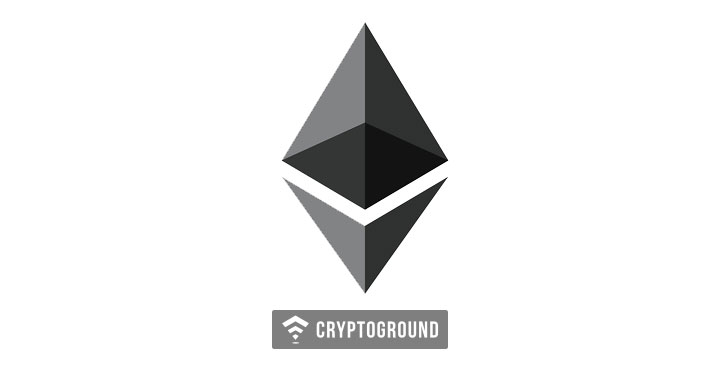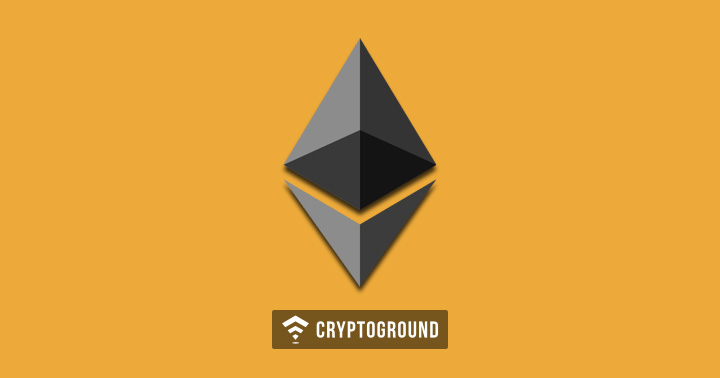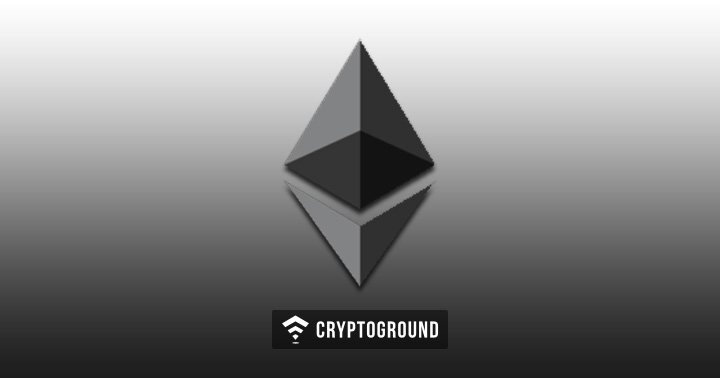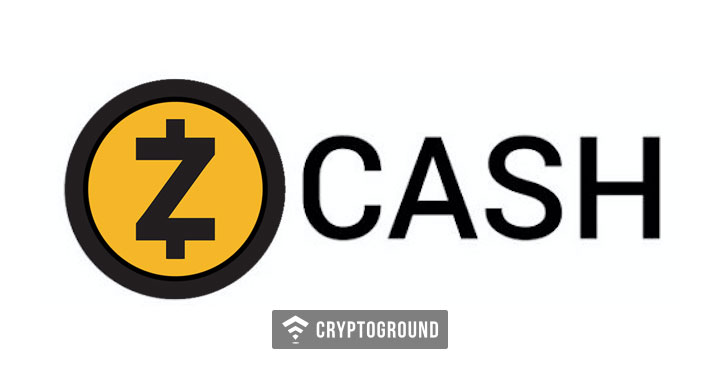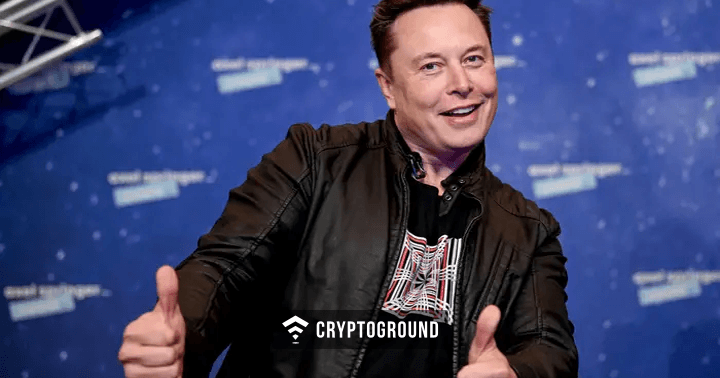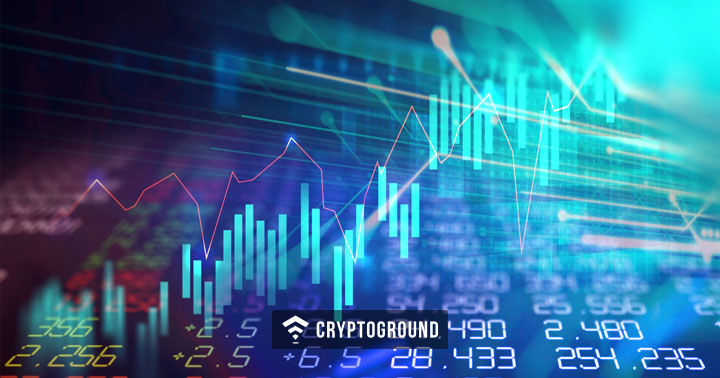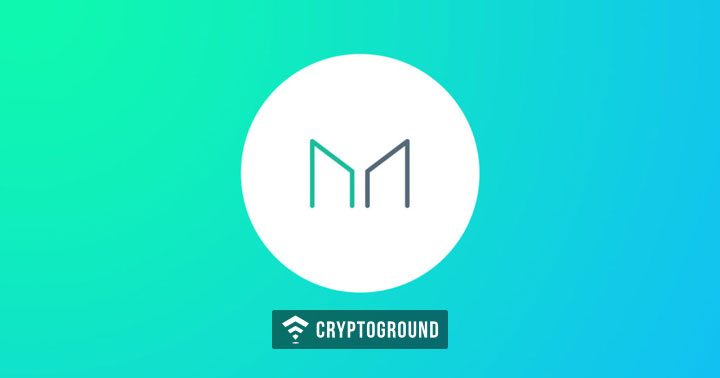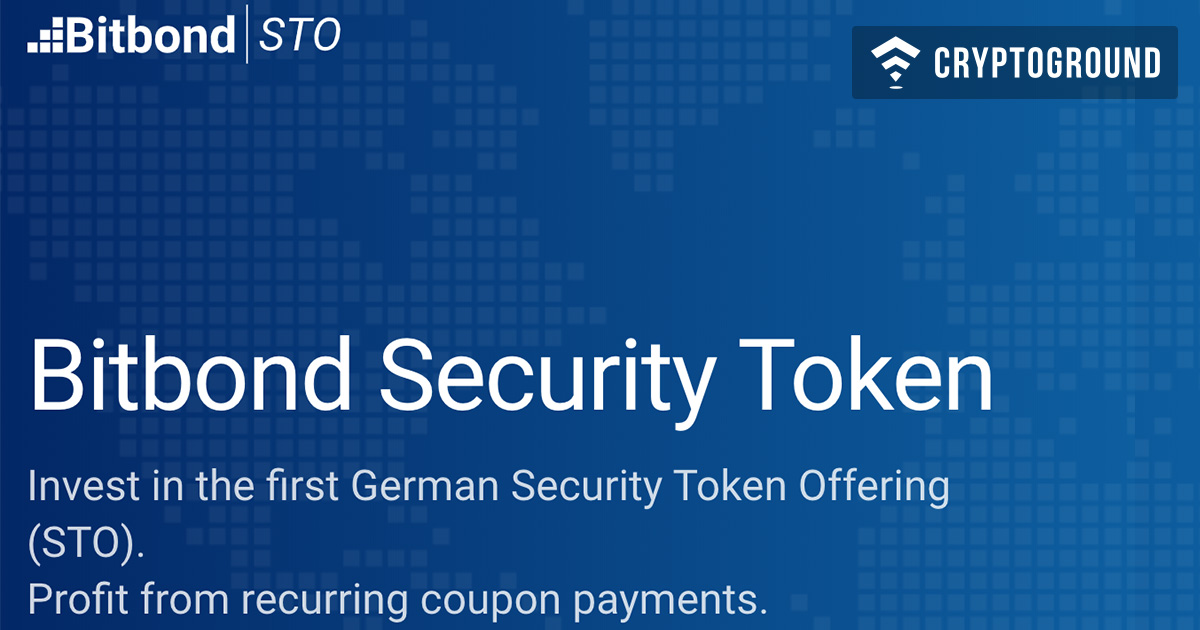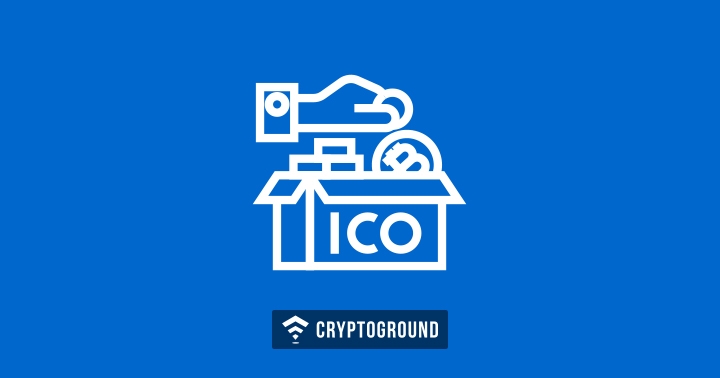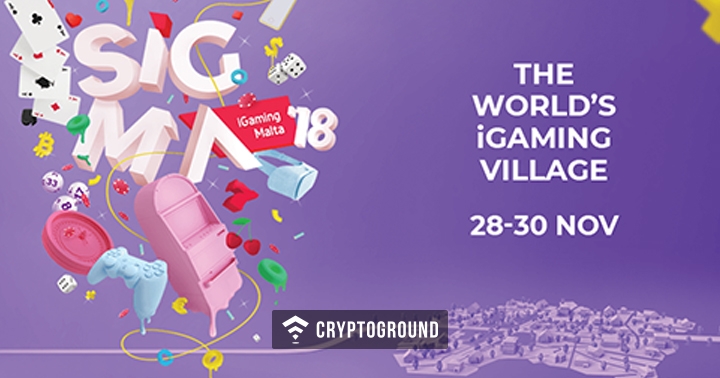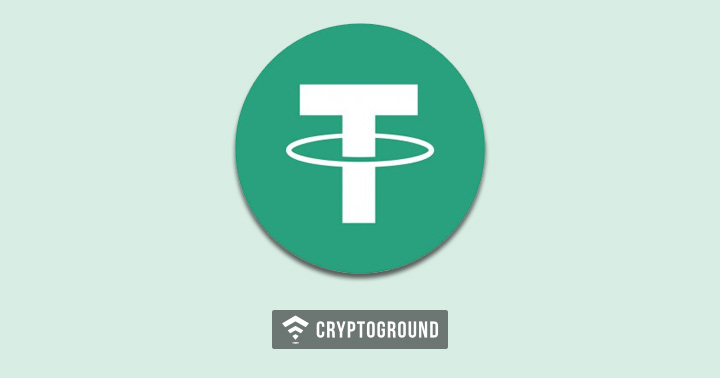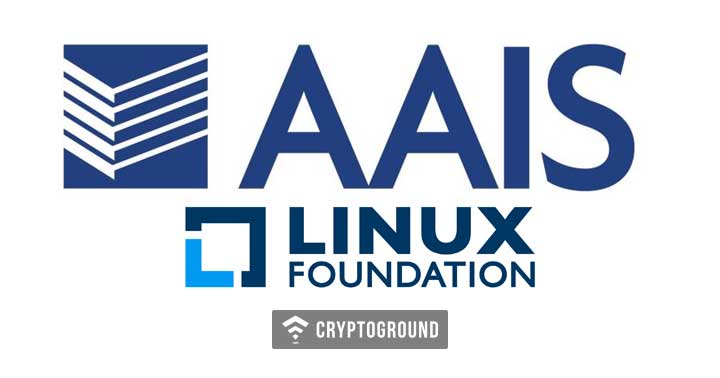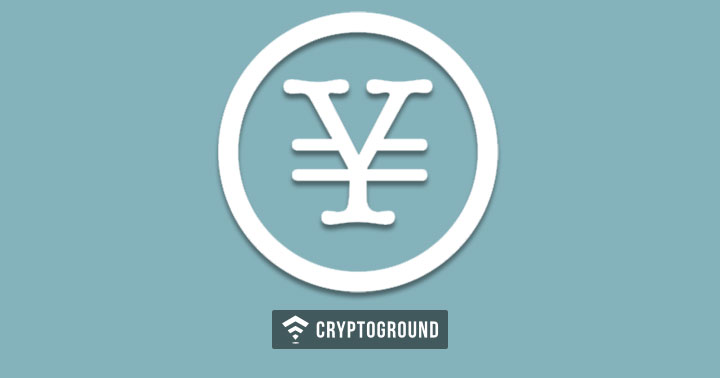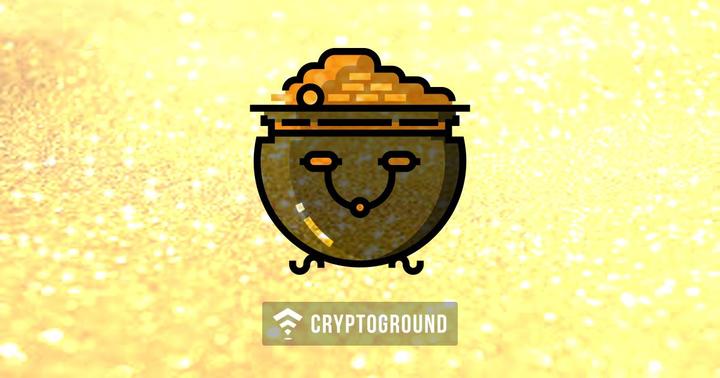The Royal Mint, which produces the UK’s currencies and holds gold reserves, has become the first globally to issue gold-backed assets to customers using blockchain technology.
According to the RMG Commercial Lead, Tom Coghill, the new coin, known as the Royal Mint Gold (RMG), will serve as a virtual representation of actual gold stored in Royal Mint vaults in Llantrisant, South Wales.
Not Just Another Crypto
Coghill explains,
“We already sell physical gold through our Royal Mint Bullion business and we sell coins and bars. In this sense, what we’re doing here is simply making that a digital business and allowing for our clients to be able to hold gold for the first time on a blockchain basis. The difference between what we’re doing and what other crypto digital assets (sic) is that we’re a physical tangible asset… it’s real gold you’re holding when you’re holding our RMG.”
Each of the coins is equivalent to one gram of gold and with every purchase there will be an equivalent allocation of gold in the vault as well as a credit of the digital quantity on the buyer’s RMG account.
All of the transactional details in the RMG network will be published on a public ledger domain but identities behind the transaction will be encrypted by use of blockchain technology. However, the network is permissioned which means that anyone wishing to join has to go through an approval process.
The Royal Mint has partnered with the Chicago Mercantile Exchange (CME) on the project and has reportedly already deployed the distributed network on which changes will be recorded. The CME is also working on a Digital Asset Trading platform where RMG customers can conduct business in RMG.
The platform is expected to launch in the course of 2018.
Gold Trumps Bitcoin
Even though bitcoin has frequently been compared to gold, even being referred to by some as digital gold, Coghill says that its usefulness as a store of value is yet to be seen.
His argument is that gold has “been a store of value for 6,000 years, bitcoin’s a bit younger and the future of bitcoin is uncertain.”
Other key differences between gold and bitcoin are highlighted in a recent World Gold Council report. This report explains that even though bitcoin enjoyed a parabolic rise in 2017, it is still highly volatile, has a less liquid market that is still unregulated.
It also goes on to say that though the percentage growth of gold value in 2018 pales in comparison to that of bitcoin, having been merely 13%, it has far higher daily trade volumes in the range of $250 billion. On the other hand, bitcoin trades only about $2 billion a day.
Gold also has far more applications with its highest demand coming from the jewelry industry. Bitcoin also has more than a thousand competitors who could devastate its growth.
Royal Mint has pioneered a space that various other players are looking to join in future. Perth Mint is also reportedly working on its own cryptocurrency with various precious metals as backing.
